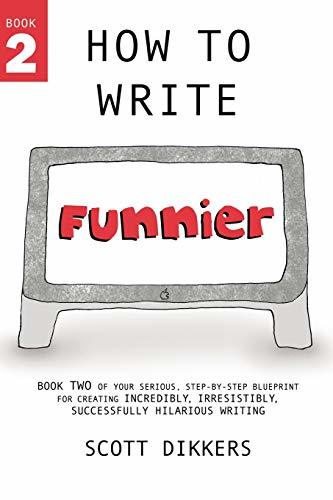What do you think?
Rate this book


254 pages, Paperback
Published February 2, 2019
It takes experience to know how to balance the opinions of others with your own inherent sense of what’s working.
When so much of a writer’s future is invested in one idea, it’s almost impossible not to take criticism personally.
If you love an idea, especially if it’s your only idea, do not immediately select that idea.
Readers are far more disinterested in your material than you might imagine. By putting yourself in their shoes, the harsh light of objective reality will show you which ideas have merit and which don’t.